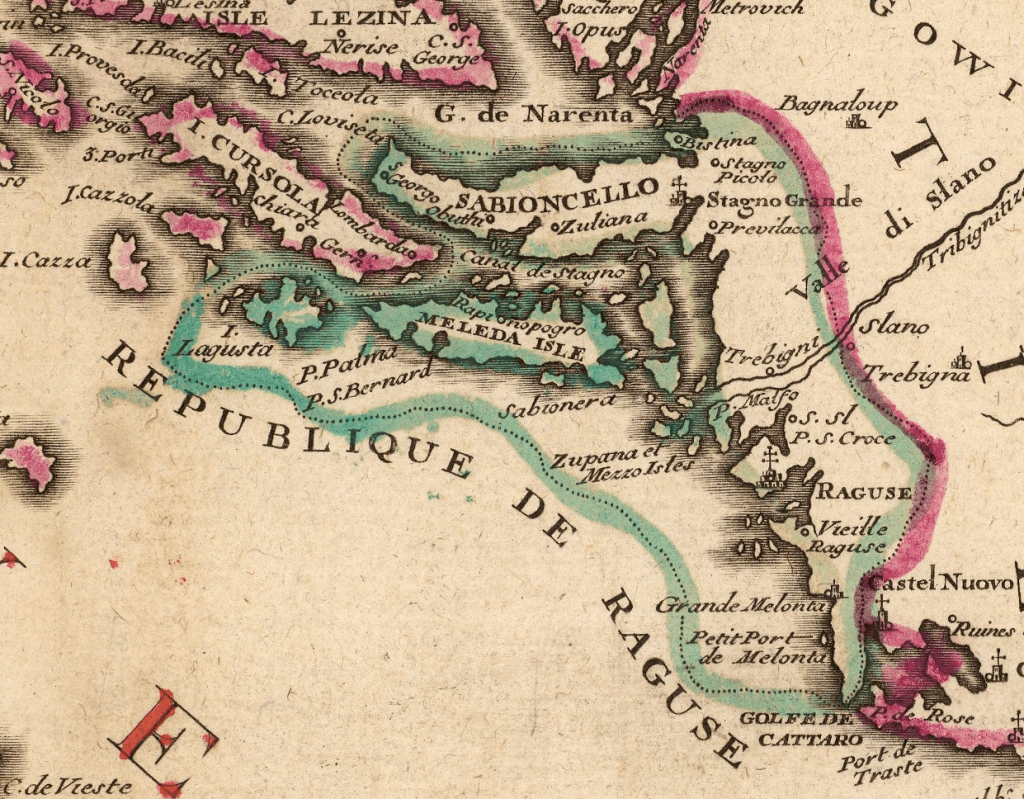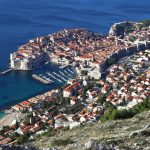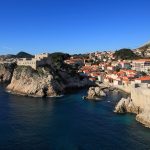Did you know that as European capitals like London bathed in their own filth, Dubrovnik had a fully functioning sewage system?
While only two major fountains, with several smaller ones exist within Dubrovnik’s city walls today, have you ever heard about the fountain that was only and solely used by the Jewish community?
The incredible and ornate ”Jewish Fountain”, as it was then known, was eventually relocated to Brsalje (Pile) following the collapse and demise of the former Dubrovnik Republic, where it still stands today. In any case, Dubrovnik and fountains go together as well as Dubrovnik and museums do, but there is much more than meets the eye when it comes to the most well known in the city.
To explore further, we need to transport ourselves back to the old days of the autonomous Dubrovnik Republic (Ragusa), when Dubrovnik was its own completely self governed state…
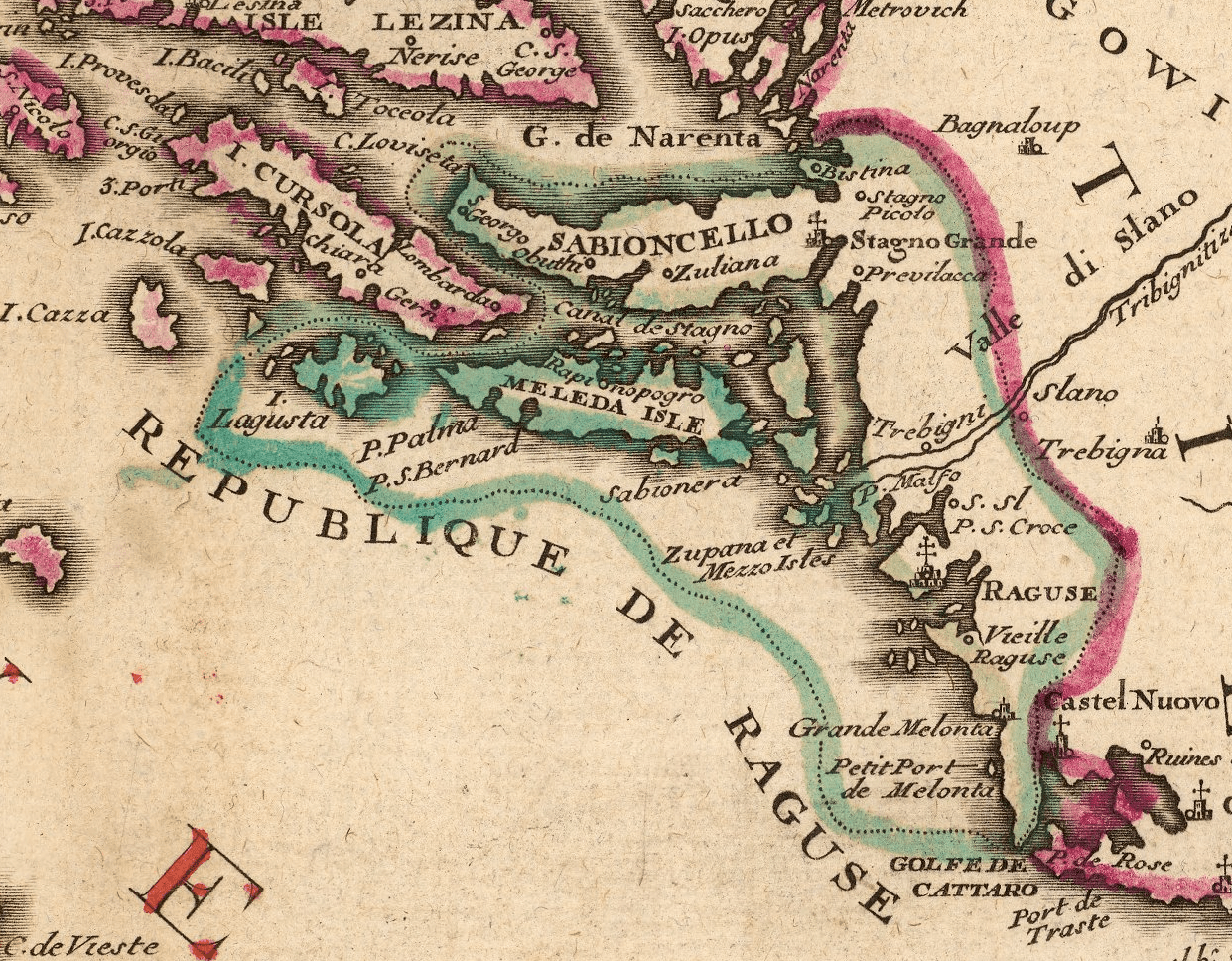
Nicolas de Fer, c. 1716
Two of the most well known and easily recognisable fountains in Dubrovnik are the truly unmissable works of art – Onofrio’s Fountains. One of which is ”small” Onofrio’s Fountain, and the other ”big” Onofrio’s Fountain. Located at either end of Stradun, Dubrovnik’s most beautiful street and one of Croatian tourism’s most iconic beautys, these fountains are all but impossible to miss as you take a stroll down the 300 meter long walkway. Despite their barely comprehensible age, these old fountains are still very much in use, fully functioning and provide perfectly clean, drinkable water. Let’s get to know their stories a bit better. First of all, we need to examine how Dubrovnik enrured that its inhabitants had access to clean water at all times…
The Dubrovnik Republic cared greatly that its citizens had access to clean, safe, fresh water:
It’s not an unknown fact that the Dubrovnik Republic (Ragusa) was inhabited by forward-thinking people, and was very much before its time when it comes to a great many of the laws they passed, the peaceful way in which they lived and miraculously managed to co-exist with their less than friendly neighbours – the marauding Ottomans next door, who demanded more and more money for their protection of the Republic, and the jealous Venetians who couldn’t wait to launch an attack on their Adriatic trading rival at any given moment, just up the coast.
Despite the well-documented diplomacy of the Dubrovnik Republic, it’s a lesser known fact that Ragusa had running water and a proper sewage system at a time when the rest of Europe, most famously London, was suffering in the stench and the squalor of its own filth, the population becoming frequent victims of entirely preventable diseases. The fountains are a testiment to the fact that quiet, unassuming little Dubrovnik was miles ahead of the rest, as a great deal of attention had been paid to the sewage and water system by the city government, ensuring that a supply of safe, clean water was available to all of Ragusa’s citizens. During the long, hot summer months when rain was far from a common occurrence, large vessels were used to bring water from the nearby coastal settlement of Mlini, home to a fresh water spring, to Dubrovnik, subsequently being sold in the port.

Yesterday I introduced you to the stunning Sponza Palace’s history, and how its name had derived from the word ”spongia”, which meant ”to collect rain water”, this system of collecting water from the city’s rooftops had been used up until the year 1304, up until which Ragusa’s water supply had been ensured by both public and privately owned cisterns which worked to collect the rain. Another little known fact about the beautiful Sponza Palace is that it was once the site of a large cistern, built back in the year 1311.
Many years later, in 1436, Onofrio della Cava and Andreucius Bulbito constructed an aqueduct at Šumet, a green, brushy area close to the village of Bosanka. Dubrovnik’s water supply still comes from the same spring to this very day. After the Aqueduct system, Onofrio della Cava, who is the only name officially accredited to the construction of the aqueduct in all known documentation, went on to construct two beautiful fountains, now known as Big Onofrio’s Fountain on Poljana Paškoja Miličevića, named after the very man first set about building Sponza Palace, in front of St. Saviour’s Church, close to the western entrance to Stradun (Pile Gate/Vrata od Pila), and Small Onofrio’s Fountain under the Bell Tower at the eastern entrance (Ploče Gate/Vrata od Ploča).
Onofrio’s Fountains
Big Onofrio’s Fountain, constructed between the years 1438 and 1440, is an imposing, huge 16 sided shape which takes pride of place and is an unmissable meeting place even today, the fountain was once one of the ending points of Ragusa’s former aqueduct system. Each side possesses a beautiful and totally intricate design. The fountain’s highly recognisable cupola was designed and constructed by by Petar Martinov, but, as with many other structures in the city of the same age, the fountain sadly suffered significant damage during the terrible 1667 earthquake which saw most of the city destroyed, before many former buildings were rebuilt with fire safety in mind after the earthquake saw fires take down most of the structures the earthquake didn’t quite manage to, the 17th century ones in the uniform manner in which they appear along Stradun in the modern day.
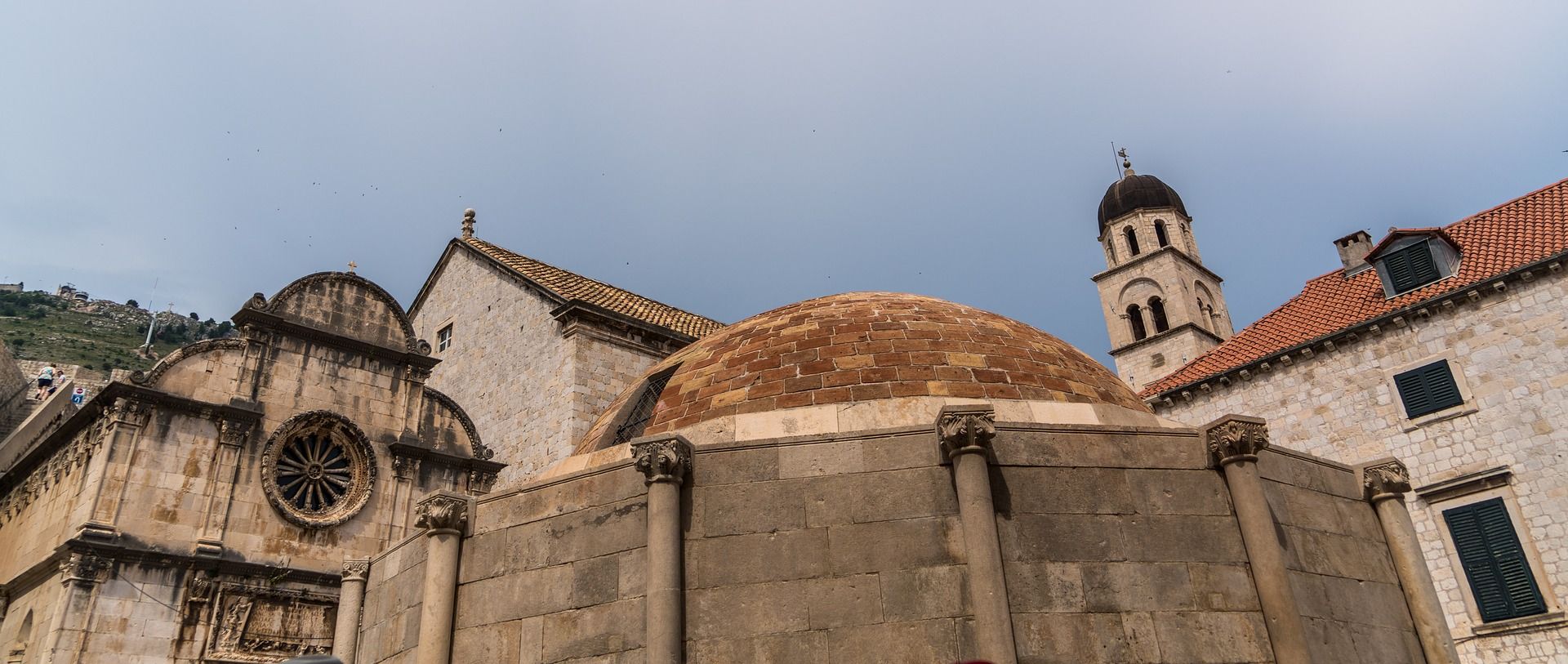
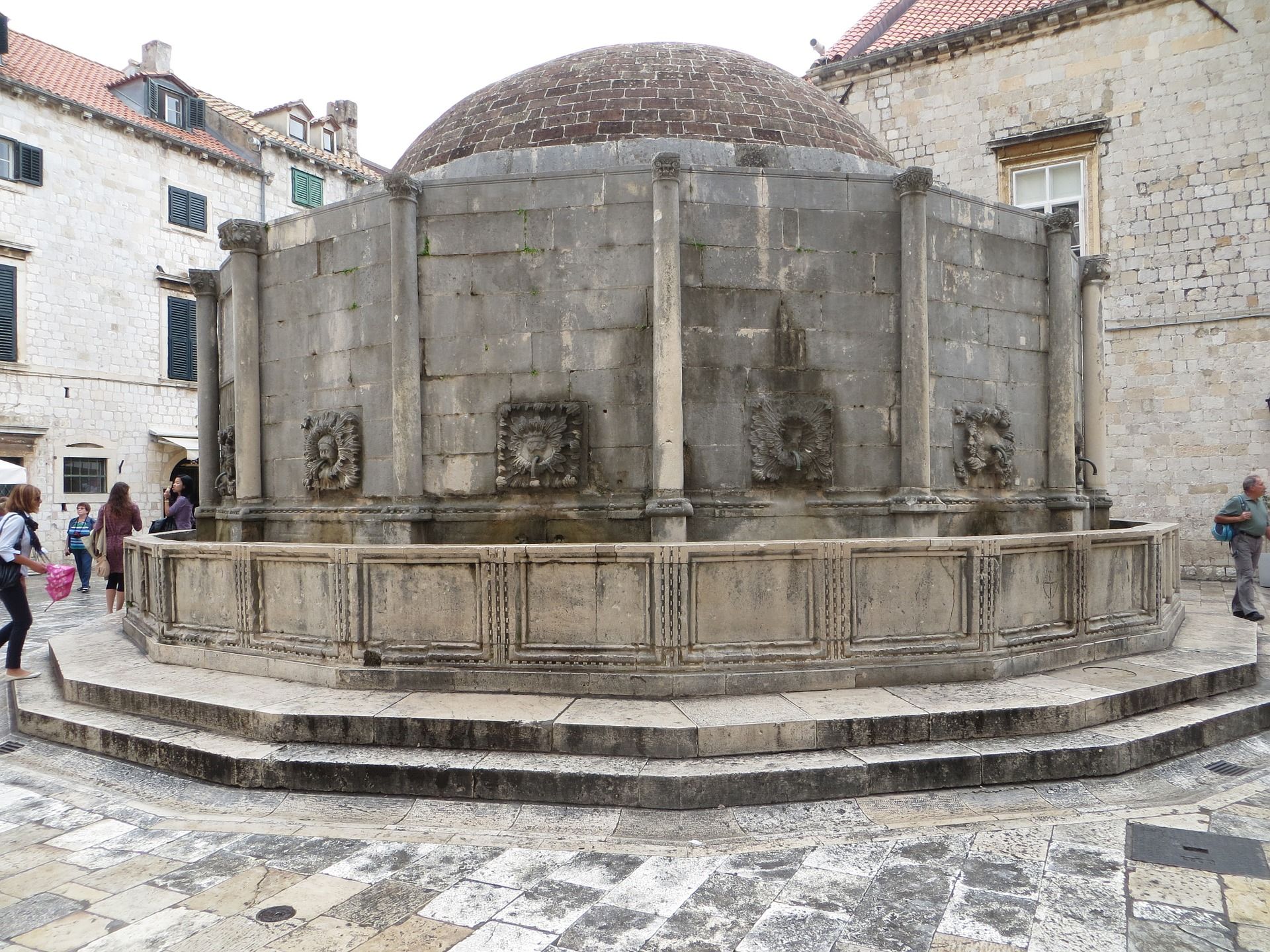
The much, much smaller Small Onofrio’s Fountain had quite a different purpose. Built between 1440 to 1442, this fountain was used to supply the former market which once stood on Luža square, which today doubles up as a ”natural stage” for various performances, with fresh water. At the time of its completion, the Rector’s Palace saw its water supplied from there, later being passed on to what is now known as Lazareti, as well as the Ploce area of the city (eastern side), a former meeting location for Turkish caravans.
Small Onofrio’s Fountain is handy for all those needing to top up their bottles of water even today, and it is often seen surrounded by people, as well as local cats and birds in need of some rehydration during the harsh summer months which truly bake the stone of the old walled town. Situated under the belfry and next to the imposing building of the City Guard, in the very heart of Dubrovnik’s UNESCO protected Old City, this fountain with its ornate and striking design is difficult to miss and the water it provides to the masses is, as previously mentioned, perfectly clean and safe for human consumption.
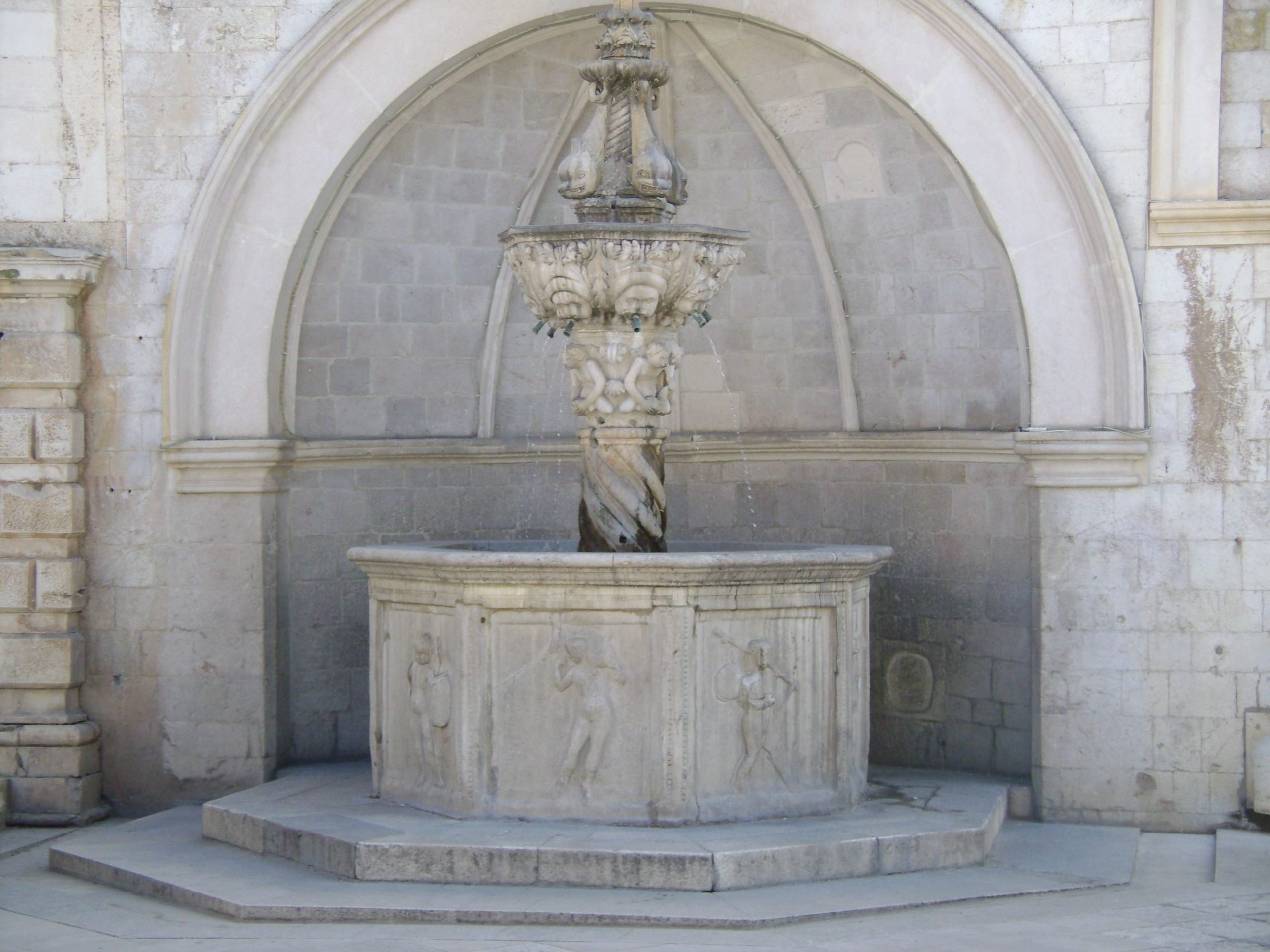
Sailko
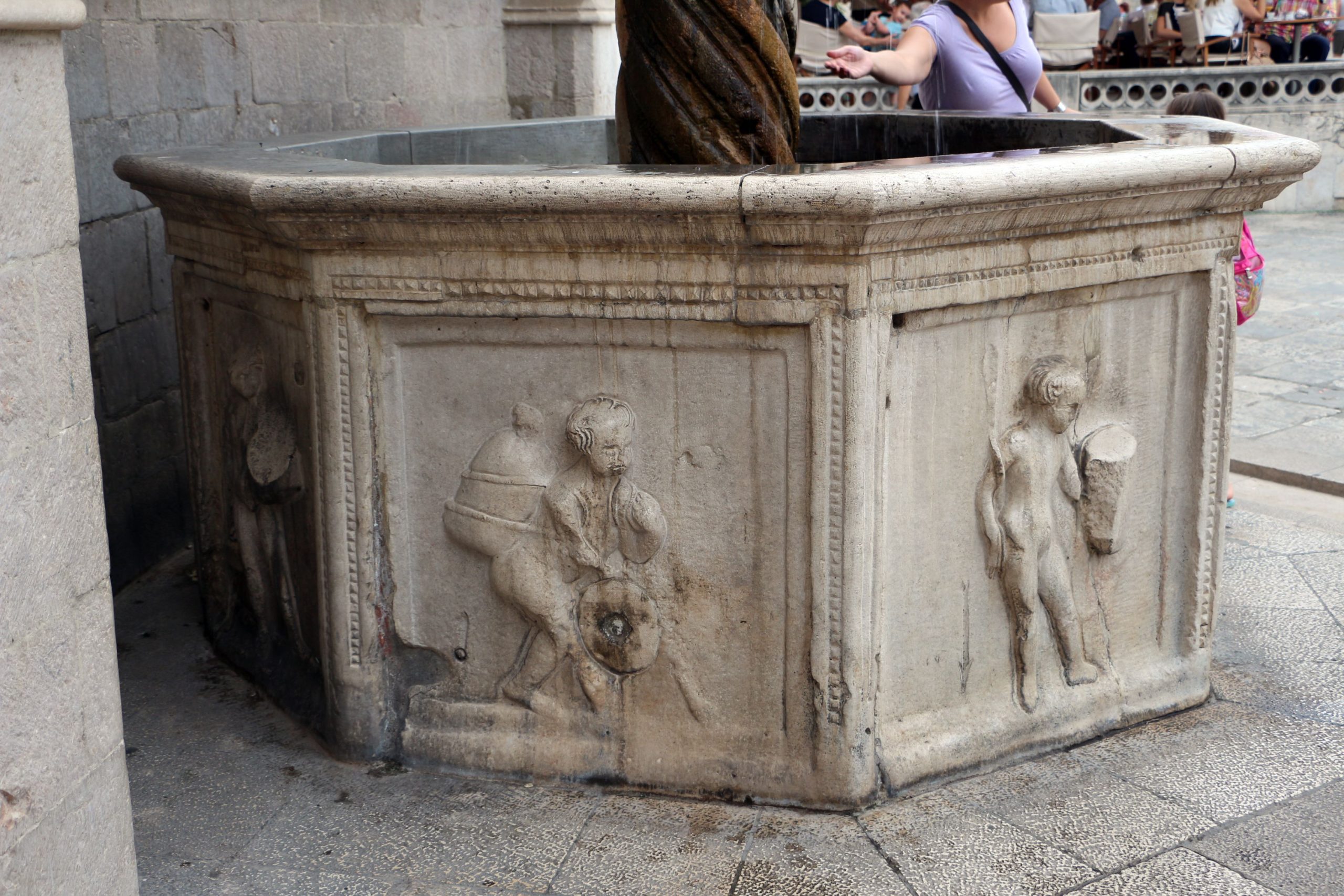
Sailko
While the names of both iconic fountains are taken from their creators, Onofrio della Cava, the lesser known Petar Martinov who also worked on Big Onofrio’s Fountain was responsible for the intricate, aesthetically impressive sculpting work on Small Onofrio’s Fountain.
Next time your bottle of Jana has emptied and you’re refilling it from one of Onofrio della Cava’s great architectural works, spare a thought for the incredible beauty and history of these beautiful fountains, and how far back the right for everyone to be able to freely access fresh, clean drinking water stretches in Dubrovnik.

